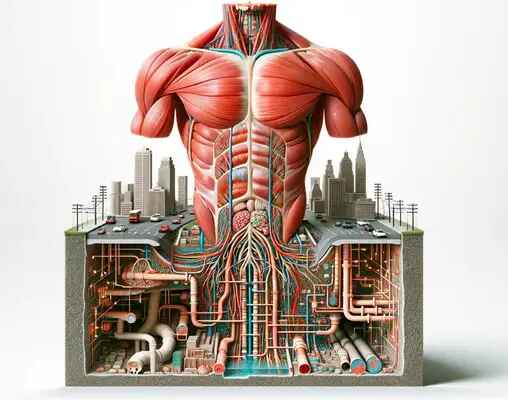
You train hard... you've been lifting weights for years...
Maybe you just turned 40... 50... or 60... (or more).
You know you're still in way better shape than the average guy who doesn't work out...
The problem is, no matter how hard you train, or how good you eat, you just CAN'T seem to build or even hold onto muscle and strength like you used to?
Even with all your hard training, you're STILL slowly getting smaller and weaker... more prone to stupid injuries... less confident in yourself... and worried that it's all downhill from here.

There's a secret you NEED to know about building muscle after 40.
It's something NO other trainer will tell you...because they don't know it, either...
And when you understand it, you won't look at building muscle the same way ever again... because this secret will allow you to build muscle AT WILL, even if you're into your 40's, 50's, 60's and beyond.
If you're sick and tired of losing muscle as you get older, THIS is what you need...(and it's not TRT).

Maybe you just turned 40... 50... or 60... (or more).
You know you're still in way better shape than the average guy who doesn't work out...
The problem is, no matter how hard you train, or how good you eat, you just CAN'T seem to build or even hold onto muscle and strength like you used to?
Even with all your hard training, you're STILL slowly getting smaller and weaker... more prone to stupid injuries... less confident in yourself... and worried that it's all downhill from here.

There's a secret you NEED to know about building muscle after 40.
It's something NO other trainer will tell you...because they don't know it, either...
And when you understand it, you won't look at building muscle the same way ever again... because this secret will allow you to build muscle AT WILL, even if you're into your 40's, 50's, 60's and beyond.
If you're sick and tired of losing muscle as you get older, THIS is what you need...(and it's not TRT).
reat Wilbraham is a causewayed enclosure, a form of earthwork that was built in northwestern Europe, including the southern British Isles, in the early Neolithic period. Causewayed enclosures are areas that are fully or partially enclosed by ditches interrupted by gaps, or causeways, of unexcavated ground, often with earthworks and palisades in some combination. The site's excavator, David Clarke, considered that it was probably a settlement, but the function of causewayed enclosures in general is debated. The causeways are difficult to explain in military terms since they would have provided multiple ways for attackers to pass through the ditches to the inside of the enclosure, though it was sugg

ted they could have been sally ports for defenders to emerge from and attack a besieging force. Evidence of attacks at some sites provided support for the idea that the enclosures were fortified settlements.[note 1] They may have been seasonal meeting places, used for trading cattle or other goods such as pottery. There is also evidence that they played a role in funeral rites: material such as food, pottery, and human remains was deliberately deposited in the ditches. The construction of these enclosures would have required substantial labour for clearing the land, preparing trees for use as posts or palisades, and digging the ditches, and would probably have been planned for some time in advance, as they were built in a single operatio